Mouse VEGF R2/FIK-1 ELISA Kit
$299.00 – $419.00
ELISA Kit Detail Information
| Related Target | |
|---|---|
| Species | mouse |
| Sample Type | Serum, plasma, cell culture supernatant, and other biological samples |
| Sample Volume | 100 μL |
| Sensitivity | 3.26 pg/mL |
| Array Range | 31.25 pg/mL – 2000 pg/mL |
| Assay Time | 3.5 h |
| Recovery | 85% – 110% |
| Average Recovery | 98% |
| Intra Precision | 4.3% - 4.6% |
| Inter Precision | 5.4% – 7.2% |
| Plate | Detachable 96-well plate |
| Storage | If the reagent kit is unopened, it should be stored at 4℃. However, if it has been opened, the standard solution should be stored at -20℃, while the other components should be stored at 4℃. |
| Delivery | 4℃ blue ice transportation |
| Components | 96-well polystyrene enzyme-linked immunosorbent assay (ELISA) plate coated with anti-VEGF R2/Flk-1 monoclonal antibody Mouse VEGF R2/Flk-1 freeze-dried standard VEGF R2/Flk-1 detect Antibody Standard Diluent Assay Buffer(10×) Substrate TMB Stop Solution Washing Buffer(20×) Sealing Film |
| Assay Principle | This kit utilizes the double antibody sandwich enzyme-linked immunosorbent assay (ELISA) detection technique.Specific anti-mouse VEGF R2 antibodies are precoated on a high-affinity ELISA plate. Standard samples, test samples, and biotinylated detection antibodies are added to the wells of the ELISA plate. After incubation, VEGF R2 present in the samples binds to the solid-phase antibodies and the detection antibodies. After washing to remove unbound substances, streptavidin-HRP labeled with horseradish peroxidase is added. After washing, a colorimetric substrate, TMB, is added and the plate is incubated in the dark for color development. The intensity of the color reaction is directly proportional to the concentration of VEGF R2 in the samples.A stop solution is added to terminate the reaction, and the absorbance value is measured at a wavelength of 450 nm (with a reference wavelength range of 570-630 nm). |
Related Targets
KDR
KDR Target Infomation Overview
- Target Symbol: KDR, kinase insert domain receptor
- Gene Groups: Receptor tyrosine kinases; CD molecules; V-set domain containing; I-set domain containing
- Alias: FLK1; VEGFR; VEGFR2; CD309
- Alias Names: vascular endothelial growth factor receptor 2; fetal liver kinase 1; kinase insert domain receptor (a type III receptor tyrosine kinase)
KDR, kinase insert domain receptor Target Infomation by Species
- Human
- Mouse
- Rat
Human KDR Target Information
- Target Symbol: KDR, kinase insert domain receptor
- Alias:
- CD309
- fetal liver kinase 1
- fetal liver kinase-1
- FLK1
- kinase insert domain receptor (a type III receptor tyrosine kinase)
- protein-tyrosine kinase receptor Flk-1
- soluble VEGFR2
- tyrosine kinase growth factor receptor
- vascular endothelial growth factor receptor 2
- VEGFR
- VEGFR2
- NCBI_Gene: 3791
- UniProtKB: P35968
Human KDR Predicted Functions
Enables several functions, including cell adhesion molecule binding activity; vascular endothelial growth factor binding activity; and vascular endothelial growth factor-activated receptor activity. Involved in several processes, including intracellular signal transduction; positive regulation of endothelial cell migration; and protein phosphorylation. Acts upstream of or within several processes, including branching involved in blood vessel morphogenesis; positive regulation of mitochondrial depolarization; and positive regulation of mitochondrial fission. Located in several cellular components, including Golgi apparatus; endosome; and membrane raft. Is integral component of plasma membrane. Implicated in several diseases, including artery disease (multiple); gastrointestinal system cancer (multiple); glioblastoma; macular degeneration (multiple); and pancreatic cancer (multiple). Biomarker of several diseases, including breast cancer (multiple); carcinoma (multiple); cerebrovascular disease (multiple); eye disease (multiple); and systemic scleroderma (multiple).
Mouse Kdr Target Information
- Target Symbol: Kdr, kinase insert domain protein receptor
- Alias:
- fetal liver kinase 1
- Flk-1
- Flk1
- orv
- orvieto
- vascular endothelial growth factor receptor- 2
- VEGF receptor-2
- VEGFR-2
- VEGFR2
- NCBI_Gene: 16542
Mouse Kdr Predicted Functions
Enables growth factor binding activity and vascular endothelial growth factor-activated receptor activity. Involved in several processes, including circulatory system development; peptidyl-tyrosine autophosphorylation; and positive regulation of vasculogenesis. Acts upstream of or within several processes, including animal organ development; positive regulation of cell population proliferation; and vasculature development. Located in several cellular components, including cell junction; endosome; and external side of plasma membrane. Is expressed in several structures, including alimentary system; cardiovascular system; central nervous system; extraembryonic component; and genitourinary system. Human ortholog(s) of this gene implicated in several diseases, including adhesions of uterus; artery disease (multiple); gastrointestinal system cancer (multiple); macular degeneration (multiple); and pancreatic cancer (multiple). Orthologous to human KDR (kinase insert domain receptor).
Rat Kdr Target Information
- Target Symbol: Kdr, kinase insert domain receptor
- Alias:
- fetal liver kinase 1
- FLK-1
- FLK1 kinase insert domain receptor (a type III receptor tyrosine kinase) (VEGF receptor 2)
- FLK1 kinase insert domain receptor (VEGF receptor 2)
- kinase insert domain protein receptor
- MGC93590
- protein-tyrosine kinase receptor flk-1
- vascular endothelial growth factor receptor 2
- Vegfr-2
- NCBI_Gene: 25589
Rat Kdr Predicted Functions
Enables growth factor binding activity and vascular endothelial growth factor-activated receptor activity. Involved in several processes, including generation of neurons; positive regulation of endothelial cell proliferation; and positive regulation of intracellular signal transduction. Located in several cellular components, including neuron projection; neuronal cell body; and plasma membrane. Used to study adhesions of uterus; brain ischemia; cystitis; and myocardial infarction. Biomarker of several diseases, including artery disease (multiple); impotence; ovarian hyperstimulation syndrome; prostate disease (multiple); and retinopathy of prematurity. Human ortholog(s) of this gene implicated in several diseases, including artery disease (multiple); gastrointestinal system cancer (multiple); glioblastoma; macular degeneration (multiple); and pancreatic cancer (multiple). Orthologous to human KDR (kinase insert domain receptor).

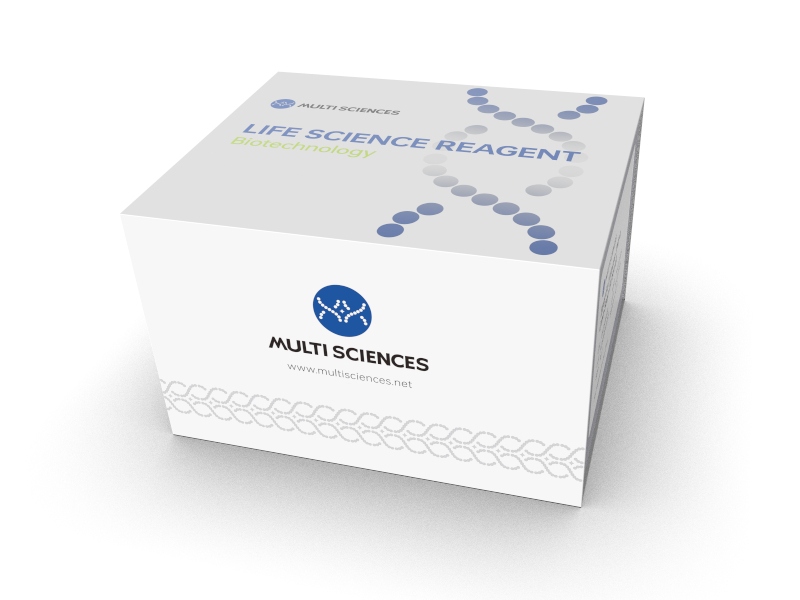
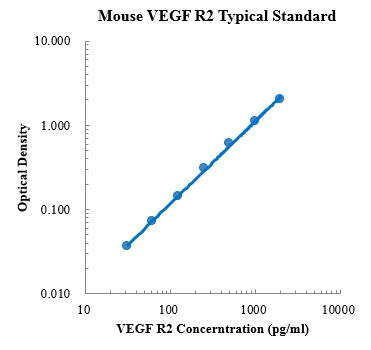
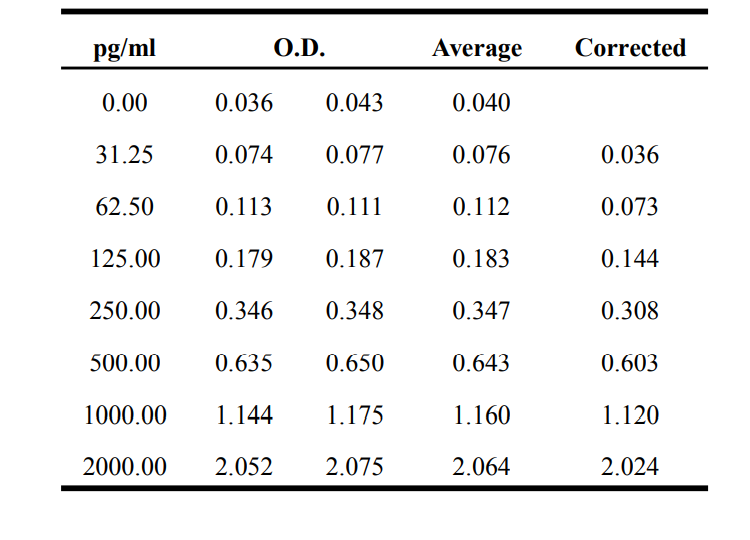
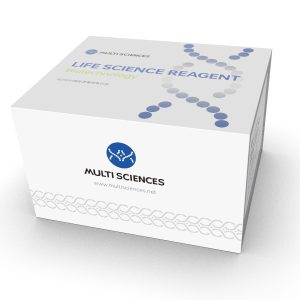

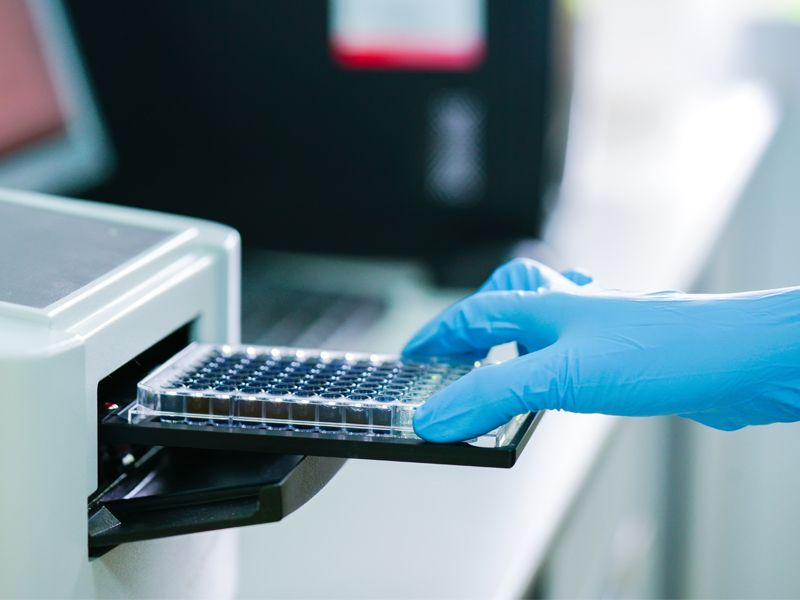
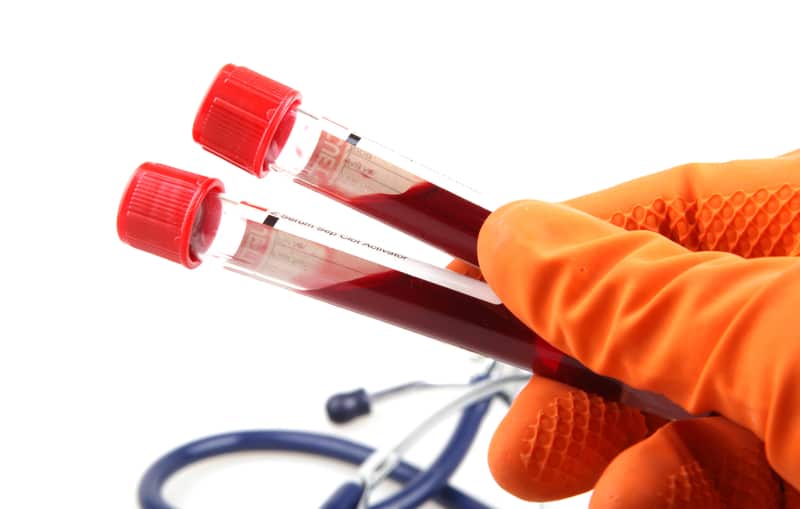
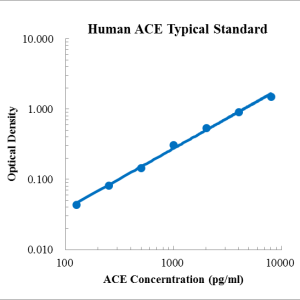
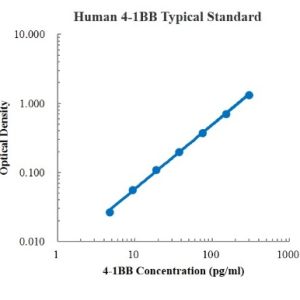
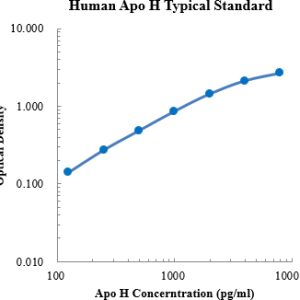
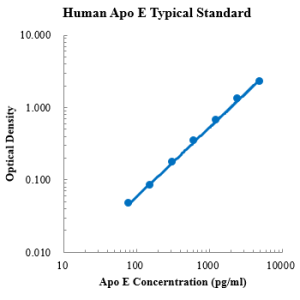
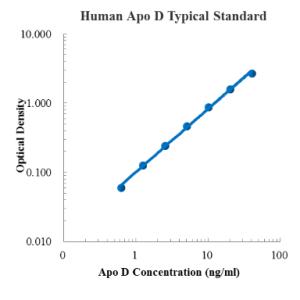
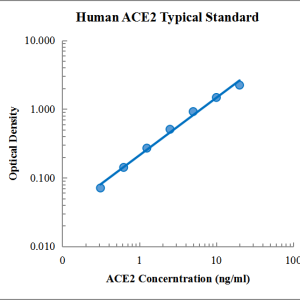
Reviews
There are no reviews yet.